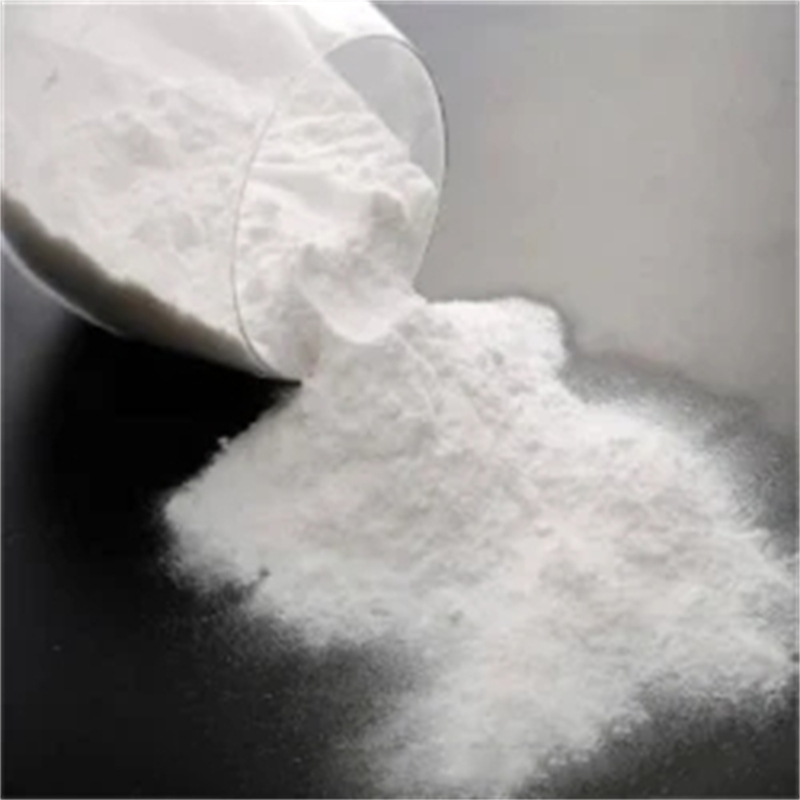Warning: Undefined array key "title" in /home/www/wwwroot/HTML/www.exportstart.com/wp-content/themes/1198/header.php on line 6
Warning: Undefined array key "file" in /home/www/wwwroot/HTML/www.exportstart.com/wp-content/themes/1198/header.php on line 7
Warning: Undefined array key "title" in /home/www/wwwroot/HTML/www.exportstart.com/wp-content/themes/1198/header.php on line 7
Warning: Undefined array key "title" in /home/www/wwwroot/HTML/www.exportstart.com/wp-content/themes/1198/header.php on line 7
- Afrikaans
- Albanian
- Amharic
- Arabic
- Armenian
- Azerbaijani
- Basque
- Belarusian
- Bengali
- Bosnian
- Bulgarian
- Catalan
- Cebuano
- China
- China (Taiwan)
- Corsican
- Croatian
- Czech
- Danish
- Dutch
- English
- Esperanto
- Estonian
- Finnish
- French
- Frisian
- Galician
- Georgian
- German
- Greek
- Gujarati
- Haitian Creole
- hausa
- hawaiian
- Hebrew
- Hindi
- Miao
- Hungarian
- Icelandic
- igbo
- Indonesian
- irish
- Italian
- Japanese
- Javanese
- Kannada
- kazakh
- Khmer
- Rwandese
- Korean
- Kurdish
- Kyrgyz
- Lao
- Latin
- Latvian
- Lithuanian
- Luxembourgish
- Macedonian
- Malgashi
- Malay
- Malayalam
- Maltese
- Maori
- Marathi
- Mongolian
- Myanmar
- Nepali
- Norwegian
- Norwegian
- Occitan
- Pashto
- Persian
- Polish
- Portuguese
- Punjabi
- Romanian
- Russian
- Samoan
- Scottish Gaelic
- Serbian
- Sesotho
- Shona
- Sindhi
- Sinhala
- Slovak
- Slovenian
- Somali
- Spanish
- Sundanese
- Swahili
- Swedish
- Tagalog
- Tajik
- Tamil
- Tatar
- Telugu
- Thai
- Turkish
- Turkmen
- Ukrainian
- Urdu
- Uighur
- Uzbek
- Vietnamese
- Welsh
- Bantu
- Yiddish
- Yoruba
- Zulu
Nov . 19, 2024 23:59 Back to list
making xanthan gum from corn for various industrial and ...
Making Xanthan Gum from Corn for Various Industrial Applications
Xanthan gum is a versatile polysaccharide widely used in the food industry, cosmetics, pharmaceuticals, and various industrial applications. Derived from the fermentation of corn sugars by the bacteria *Xanthomonas campestris*, xanthan gum serves as a thickening, stabilizing, and emulsifying agent. This article will explore the process of producing xanthan gum from corn, detailing its significance across different industries.
The production of xanthan gum begins with the selection of high-quality corn as the primary raw material. Corn, a widely available and cost-effective crop, is processed to extract starch. This starch is then converted into glucose through enzymatic hydrolysis, which serves as the primary substrate for the fermentation process. The conversion of starch to glucose is crucial, as glucose acts as the fuel for the bacteria responsible for xanthan gum production.
Once the glucose is obtained, it is subjected to fermentation. Specifically, *Xanthomonas campestris* is cultivated in a controlled environment where the glucose concentration, pH, temperature, and oxygen levels are carefully monitored. Under optimal conditions, the bacteria metabolize the glucose, producing xanthan gum as a by-product. The fermentation process typically lasts from 3 to 7 days, during which the xanthan gum accumulates in the growth medium.
After fermentation, the xanthan gum is recovered from the fermentation broth. This process involves several steps, including precipitation, filtration, and drying. Commonly, isopropyl alcohol is added to the broth to precipitate the xanthan gum, which is then collected through filtration. Following this, the gum is washed to remove impurities and residual fermentation components. Finally, the purified xanthan gum is dried to produce a fine powder, ready for various applications.
making xanthan gum from corn for various industrial and ...

Xanthan gum is prized for its unique rheological properties. It exhibits both thickening and stabilizing characteristics, making it an excellent additive in food products such as salad dressings, sauces, and gluten-free baked goods. Additionally, xanthan gum helps maintain the texture of products and prevents the separation of ingredients. Its ability to create a stable emulsion and improve mouthfeel makes it a valuable ingredient in the culinary world.
In the cosmetic industry, xanthan gum is utilized for its thickening properties in lotions, creams, and shampoos. It enhances texture, improves product stability, and aids in the suspension of various ingredients, ensuring a consistent product for consumers. Furthermore, its safety profile allows for its widespread use in personal care products.
Beyond food and cosmetics, xanthan gum finds applications in pharmaceuticals, where it serves as a binding agent in tablet formulations and helps control the viscosity of topical gels and ointments. In the industrial sector, xanthan gum is employed in oil recovery processes, where it improves the viscosity of drilling fluids, enhancing the efficiency of resource extraction.
In conclusion, the production of xanthan gum from corn is a complex yet fascinating process that highlights the intersection of agriculture and biotechnology. The ability to convert corn starch into a valuable biopolymer not only contributes to sustainable practices but also meets the growing demand for thickening and stabilizing agents across multiple industries. As the applications of xanthan gum continue to expand, its significance in enhancing product quality and performance remains a vital component in modern manufacturing and consumer goods.
Latest news
-
Certifications for Vegetarian and Xanthan Gum Vegetarian
NewsJun.17,2025
-
Sustainability Trends Reshaping the SLES N70 Market
NewsJun.17,2025
-
Propylene Glycol Use in Vaccines: Balancing Function and Perception
NewsJun.17,2025
-
Petroleum Jelly in Skincare: Balancing Benefits and Backlash
NewsJun.17,2025
-
Energy Price Volatility and Ripple Effect on Caprolactam Markets
NewsJun.17,2025
-
Spectroscopic Techniques for Adipic Acid Molecular Weight
NewsJun.17,2025

